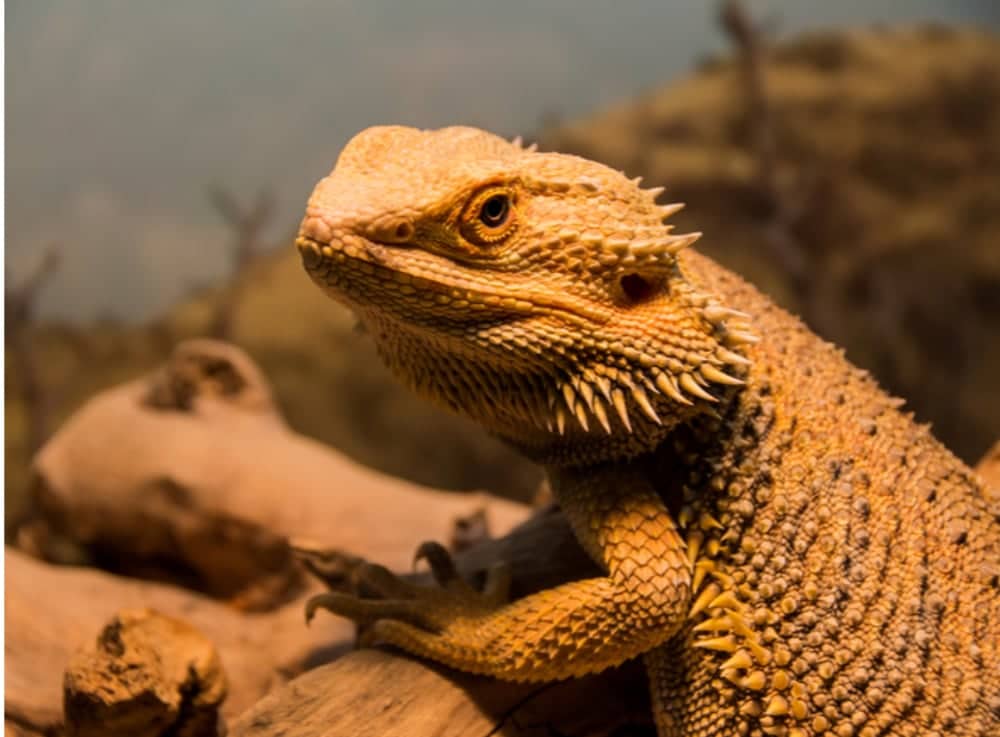For many egg laying reptiles, temperature of the eggs during incubation determines the sex of the hatchling. For example, a 2017 study of green sea tu
For many egg laying reptiles, temperature of the eggs during incubation determines the sex of the hatchling. For example, a 2017 study of green sea turtle (Chelonia mydas) hatchlings on Australia’s Reine Island found that 99 percent of the sea turtles hatched on the island for the last 20 years were female, due to the temperatures in which the eggs incubated. This is attributed to a warming planet.
Warming Planet Causes 99 Percent of Raine Island Sea Turtle Hatchlings To Be Female, Study Says
The bearded dragon, the most popular reptile kept as a pet, has the capability to change sex via two different sets of genes, either via sex chromosomes or via hot temperature, according to a study in the PLOS One journal.
Researchers Sarah L. Whiteley ,Clare E. Holleley, Susan Wagner, James Blackburn, Ira W. Deveson, Jennifer A. Marshall Graves, and Arthur Georges of the University of Canberra in Australia examined how bearded dragons use biochemical pathways to change gender to female and found that while male bearded dragons have ZZ sex chromosomes and females have ZW chromosomes, hot temperatures during the incubation process can override the male’s ZZ chromosomes, effectively turning them into female lizards.
5 Facts About The Bearded Dragon
The researchers examined how the genes turned on during development in bearded dragons with the ZW chromosomes and compared them to the bearded dragons that had ZZ chromosomes and were exposed to higher temperatures. They discovered that there are different sets of developmental genes that are active in the original female as well as the male that changed to female due to higher temperatures, but the pathways converged to produce ovaries.
The study details how there are two ways in which the bearded dragon can produce an ovary, which helps further the understanding how the role of high temperatures play in determining the sex of a bearded dragon.
“In many reptiles and fish, environment can determine, or influence, the sex of developing embryos. How this happens at a molecular level that has eluded resolution for half a century of intensive research,” the researchers write in their paper. “We studied the bearded dragon, a lizard that has sex chromosomes (ZZ male and ZW female), but in which that temperature can override ZZ sex chromosomes to cause male to female sex reversal. This provides an unparalleled opportunity to disentangle, in the same species, the biochemical pathways required to make a female by these two different routes. We sequenced the transcriptomes of gonads from developing ZZ reversed and normal ZW dragon embryos and discovered that different sets of genes are active in ovary development driven by genotype or temperature. Females whose sex was initiated by temperature showed a transcriptional profile consistent with the recently-proposed Calcium-Redox hypotheses of cellular temperature sensing. These findings are an important for understanding how the environment influences the development of sex, and more generally how the environment can epigenetically modify the action of genes.”
The complete study, Two transcriptionally distinct pathways drive female development in a reptile with both genetic and temperature dependent sex determination” can be read on the PLOS One Journal website.
Bearded Dragon Information
The bearded dragon is the most popular herp kept by reptile keepers, according to a study based off Google Trends that was published this month by the German Centre for Integrative Biodiversity Research. It is probably the most popular lizard kept as a pet due in part to its curious nature. When properly cared for, they can live quite long for a smaller lizard and are one of the most widely captive-bred lizards in the world.


